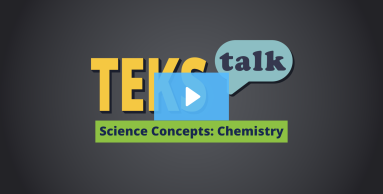
Knowledge and Skills Statement
Research
Soares, Elvis do A., Nathalia S. Vernin, Mirella S. Santos, and Frederico W. Tavares. "Real Electrolyte Solutions in the Functionalized Mean Spherical Approximation: A Density Functional Theory for Simple Electrolyte Solutions." Journal of Physical Chemistry 126, no.32 (2022):6095-6101. https://doi.org/10.1021/acs.jpcb.2c00816
Summary: The equation of state based on the mean spherical approximation (MSA) can describe electrolyte solutions as a primitive model, where the ions are charged hard-sphere particles and the solvent is a continuum medium. This work demonstrates how the functionalized MSA (fMSA) theory can describe real electrolyte solutions (e.g., NaCl, KI, and LiBr) where hydration and solvent concentration effects are present. Experimental data of the mean activity coefficients of different simple salts were successfully reproduced.
Research
Rahmawati, Yuli, M. A. Agustin, Achmad Ridwan, E. Erdawati, Darsef Darwis, and R. Rafiuddin. "The Development of Chemistry Students’ 21 Century Skills Through a STEAM Project on Electrolyte and Non-Electrolyte Solutions." Journal of Physics: Conference Series 1402, no. 5 (2019): 055049. https://doi.org/10.1088/1742-6596/1402/5/055049
Summary: This paper portrays a study into the integration of a Science, Technology, Art, Engineering, and Mathematics (STEAM) project in chemistry learning of electrolyte nonelectrolyte solutions for developing 21st-century skills. Students designed an innovative project, integrating STEAM in developing and making a miniature LED by using natural electrolyte solution sources, such as lemon, lime, apples, and salt water. The students used the 21st-century skills of collaboration, communication, critical thinking, creativity, and innovation alongside technology as a tool for learning. The engaging learning environment encouraged students to develop their skills and chemistry conceptual understanding.
